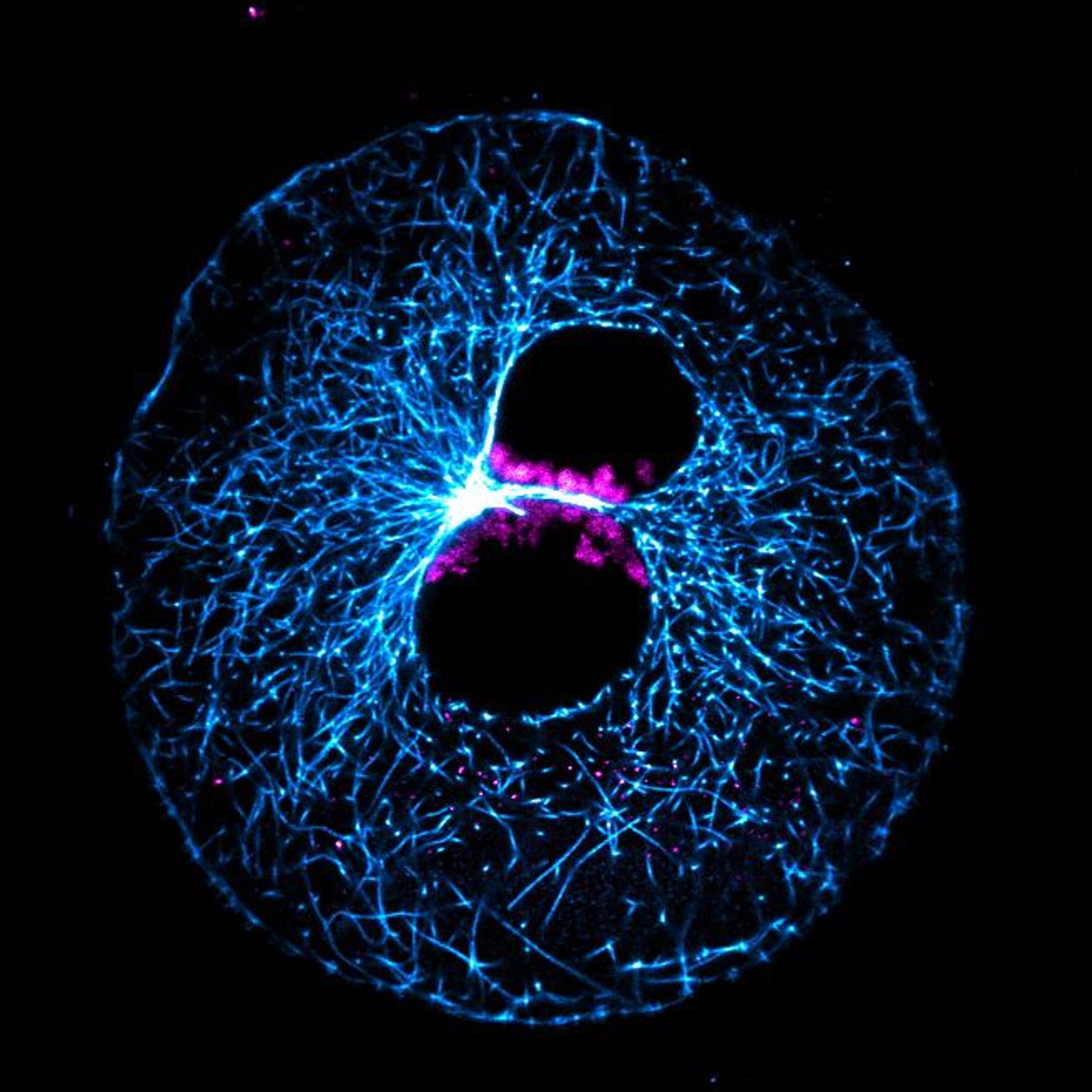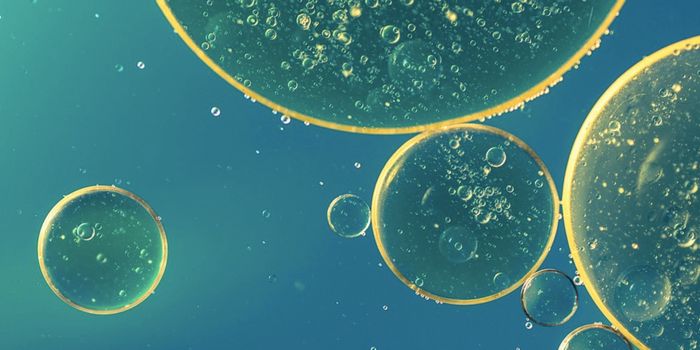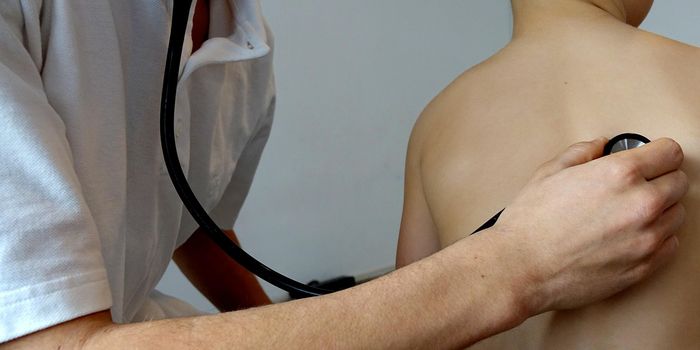Problems in Human Egg Fertilization Are Common
Human bodies have to be built from a single egg cell that's fertilized by a sperm cell. Many rounds of cell division occur as the body is developing, and it seems that there are plenty of chances for problems to arise. Only about one of every three fertilizations results in a successful pregnancy, and researchers have now determined that when the genetic material from egg cells comes together with the genetic material from sperm cells, errors often occur, because the process is notably inefficient. The findings, which used a novel model system, have been reported in Cell.
"About 10 to 20 percent of embryos that have an incorrect number of chromosomes result from the egg already containing too few or too many chromosomes prior to fertilization. This we already knew," said Melina Schuh, director at the Max Planck Institute (MPI) for Biophysical Chemistry. "But how does this problem arise in so many more embryos? The time immediately after the sperm and egg unite - the so-called zygote stage - seemed to be an extremely critical phase for the embryo's development. We wanted to find out why this is the case."
Human cells are diploid; we have 23 pairs of chromosomes - one from each parent gives every cell 46 total chromosomes. Sex cells are uniquely different, however; egg and sperms cells are haploid, and each carries only 23 chromosomes. When they come together during fertilization to create a diploid zygote, the parental chromosomes are isolated in compartments called pronuclei, which begin to move toward one another. Once they contact each other, the pronuclear envelopes dissolve so the chromosomes can come together, which should give the zygote 46 chromosomes. But it seems that many times, the resulting embryos don't carry the right number of chromosomes, rendering them nonviable, and a miscarriage happens.
In this work, the researchers were able to study videos that had captured human zygotic development in an English laboratory. They also created a model that utilized material that slaughterhouses were disposing of - no additional animals had to be killed.
"Together with our collaboration partners at the Institute of Farm Animal Genetics, we developed methods for studying live bovine embryos, which closely resemble human embryos," said Tommaso Cavazza, a scientist in Schuh's department. "The timing of the first cell divisions is comparable in human and bovine embryos. Furthermore, the frequency of chromosomes distributing incorrectly is about the same in both systems."
After fertilizing bovine eggs in vitro, the researchers used live-cell microscopy to observe the genetic material in action. In some zygotes, parental chromosomes were not coming together where the pronuclei met, which is what should happen. When parental genomes united in these instances, the chromosomes that were not in the right place were lost, the zygotes that developed did not have enough chromosomes and were defective.
"The clustering of chromosomes at the pronuclear interface seems to be an extremely important step," Cavazza noted. "If clustering fails, the zygotes often make errors that are incompatible with healthy embryo development."
The researchers also wanted to learn why the chromosomes didn't move to the interface sometimes. "Components of the cytoskeleton and the nuclear envelope control chromosome movement within the pronuclei. Intriguingly, these elements also steer the two pronuclei towards each other. So we are dealing with two closely linked processes that are essential, but often go wrong," explained Cavazza. "Thus, whether an embryo will develop healthily or not depends on a remarkably inefficient process."
Scientists have hypothesized that it may be possible to predict whether a pregnancy will be successful by checking the movement of pronuclei at the interface. Fertility treatments may be more successful with zygotes in which the pronuclear components move together.
"Our observation that chromosomes need to cluster at the interface to guarantee healthy embryo development supports this selection criterion," Schuh said.
Sources: Phys.org via Max Planck Society, Cell









